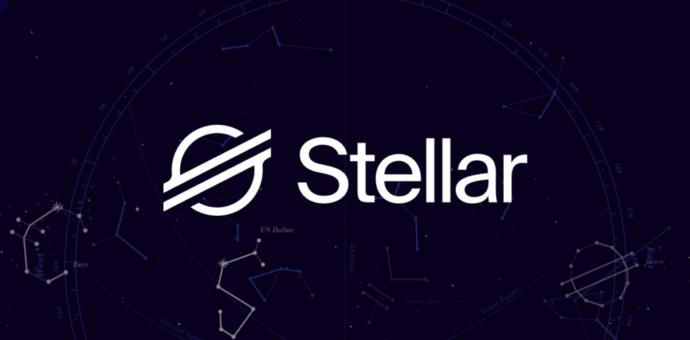Launched in July 2014 by the same creator of the Ripple project, Jed McCaleb, Stellar is an open network that allows storing and moving money. When it was created, its primary goal was to boost the financial inclusion of unbanked people. However, the idea has evolved, and today the platform’s main focus is to help connect businesses through blockchain technology.
The platform has proven to be an interesting solution, especially to enable international operations. After all, it promotes greater agility with lower rates than those from traditional banking institutions.
If you want to know the facilities of this network and its advantages, it is worth checking out what Stellar is, how it works, and its currency.
What is Stellar?
Stellar can be defined as an international currency payment and remittance platform that uses blockchain technology, which guarantees the security and transparency of all transactions. The greatest benefit for users is the reduced fees and the speed of transactions.
Just for you to have an idea, each transaction on the network costs just 0.00001 Lumens (XLM), which is the native token of the Stellar network. The platform is open-source and allows thousands of transactions per second (with individual rates between 3 and 5 seconds) to be performed without raising costs, regardless of exchange rate differences.
What is Stellar currency?
The currency of the Stellar platform is Lumens (XLM), which acts as a link between fiat money and other cryptocurrencies. To use the network and have the benefits of low rates, each user must have at least 1 XLM.
At the time this article was written, on July 19, each unit of the XLM currency was quoted at US$ 0.21, according to CoinMarketCap. On the same date, the Stellar platform appeared in 19th place in the ranking of the main cryptocurrencies.
Is it possible to mine Lumens?
Although Lumens cannot be mined, new tokens are put into circulation at a constant rate to preserve the ecosystem. When the network was created, 100 billion XLM were issued, but the total supply is 50 billion, with 20.7 billion in circulation. The reduction came about because in 2019, the Stellar Development Foundation announced that it was burning more than half of the cryptocurrency’s stock.
The method chosen for inserting new Lumens into the market is known as staking or Proof of Stake (PoS). Thus, whoever has the token can validate transactions, being rewarded for it with XLM units.
What differentiates the network?
In addition to the low transaction rate, few blockchain projects have partnered with large technology companies and fintechs. But a few years ago, Stellar and IBM teamed up to launch World Wire, which allows large financial institutions to send assets to the Stellar network and conduct transactions using stablecoins.
In addition, the network allows its users to vote on which projects should receive grants to feed the crypto ecosystem.
Another detail that sets it apart is the consensus and validation protocol. While other platforms use already known resources, such as proof of work or proof of participation, Stellar has developed its solution.
It is worth noting that for the platform to fulfill its role of integrating the physical and the digital environment, there is the support of financial institutions known as anchors, which can be fintechs or even traditional banks.
Who created Stellar?
Jed McCaleb founded Stellar in partnership with attorney Joyce Kim after leaving Ripple in 2013. In September 2020, when he explained the logic behind Stellar, McCaleb told CoinMarketCap that “the whole original design of Stellar is for you to have fiat currencies and other forms of value working in parallel with each other and with crypto-assets.”
McCaleb is currently Stellar CTO and co-founder of the Stellar Development Foundation, a non-profit organization that aims to “unlock the world’s economic potential by making money more fluid, markets more open, and people more empowered”.
Is Stellar safe?
The Stellar Consensus Protocol protects the network. Through it, anyone can join the process to reach consensus, but no single entity can hold the majority of the decision-making power. Furthermore, there are no recorded attacks against the platform.
Which institutions use Stellar?
In addition to IBM, which contributed to Lumens’ credibility, Saldo and the instant online micropayment system Satoshi Pay use Stellar. Saldo is a company that allows migrants to send funds to their home countries.
Where to buy XLM?
XLM is listed in major exchanges —including Binance, Coinbase, Kraken, Bittrex, Bitfinex, Upbit, and Huobi.







